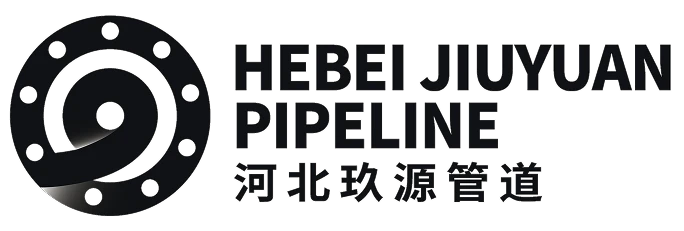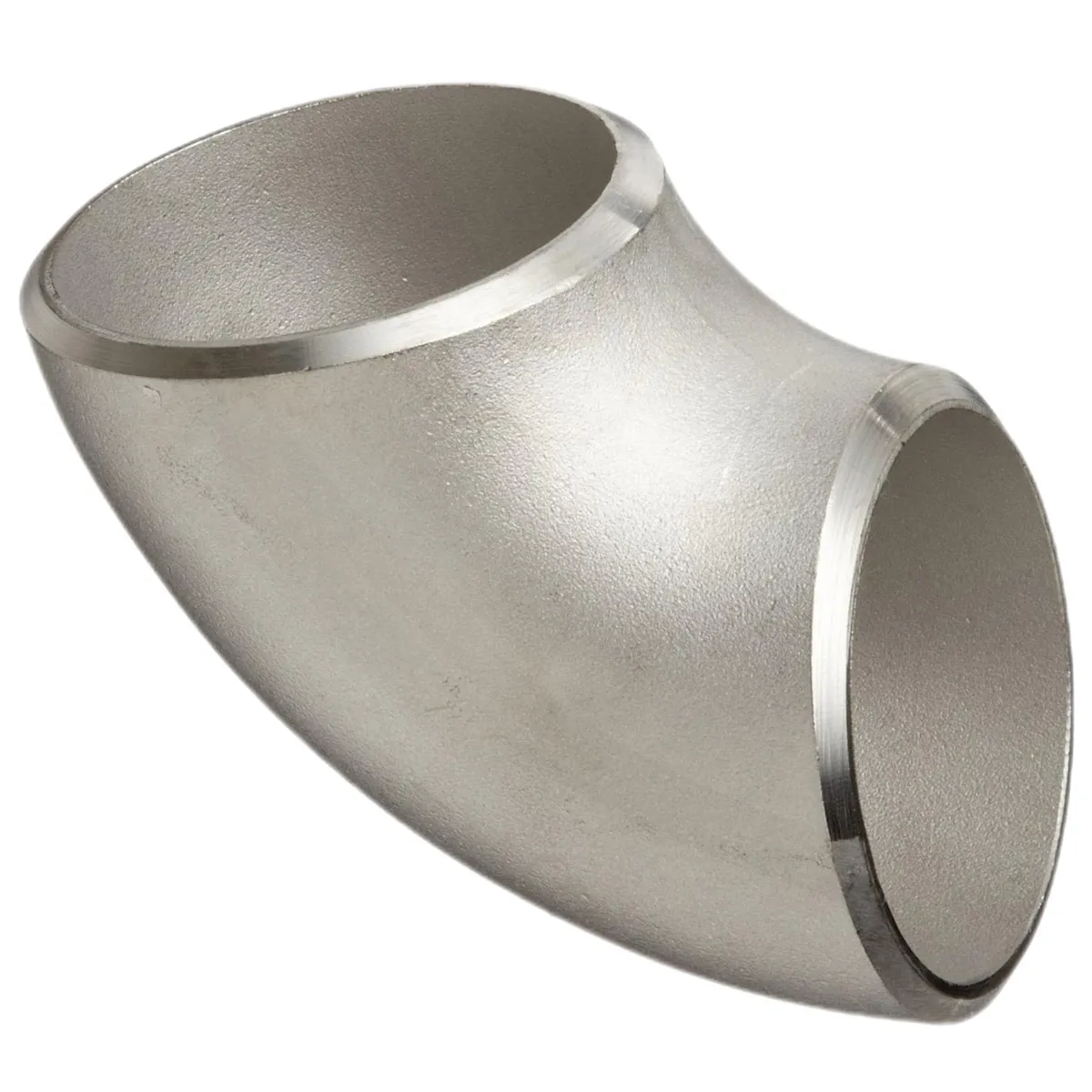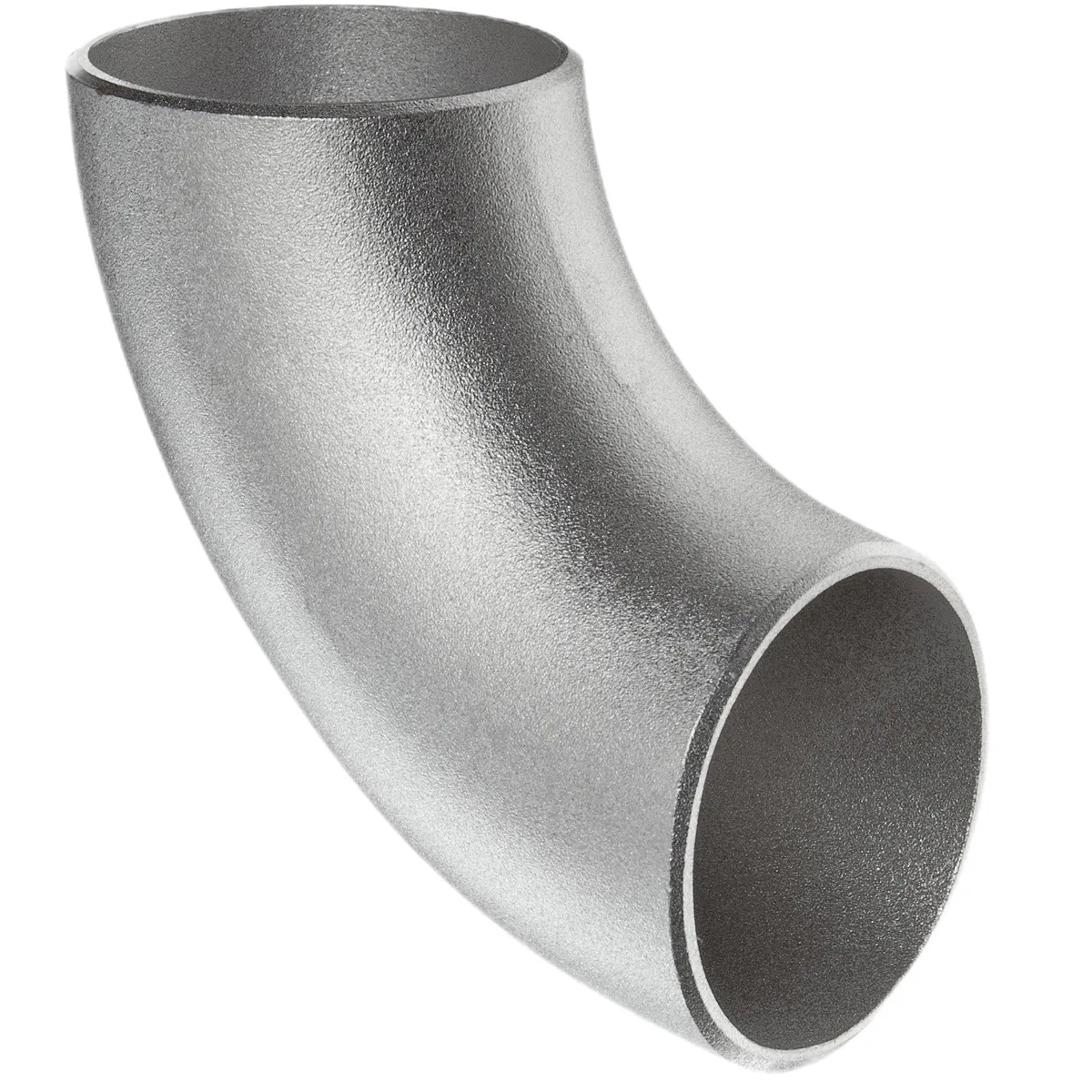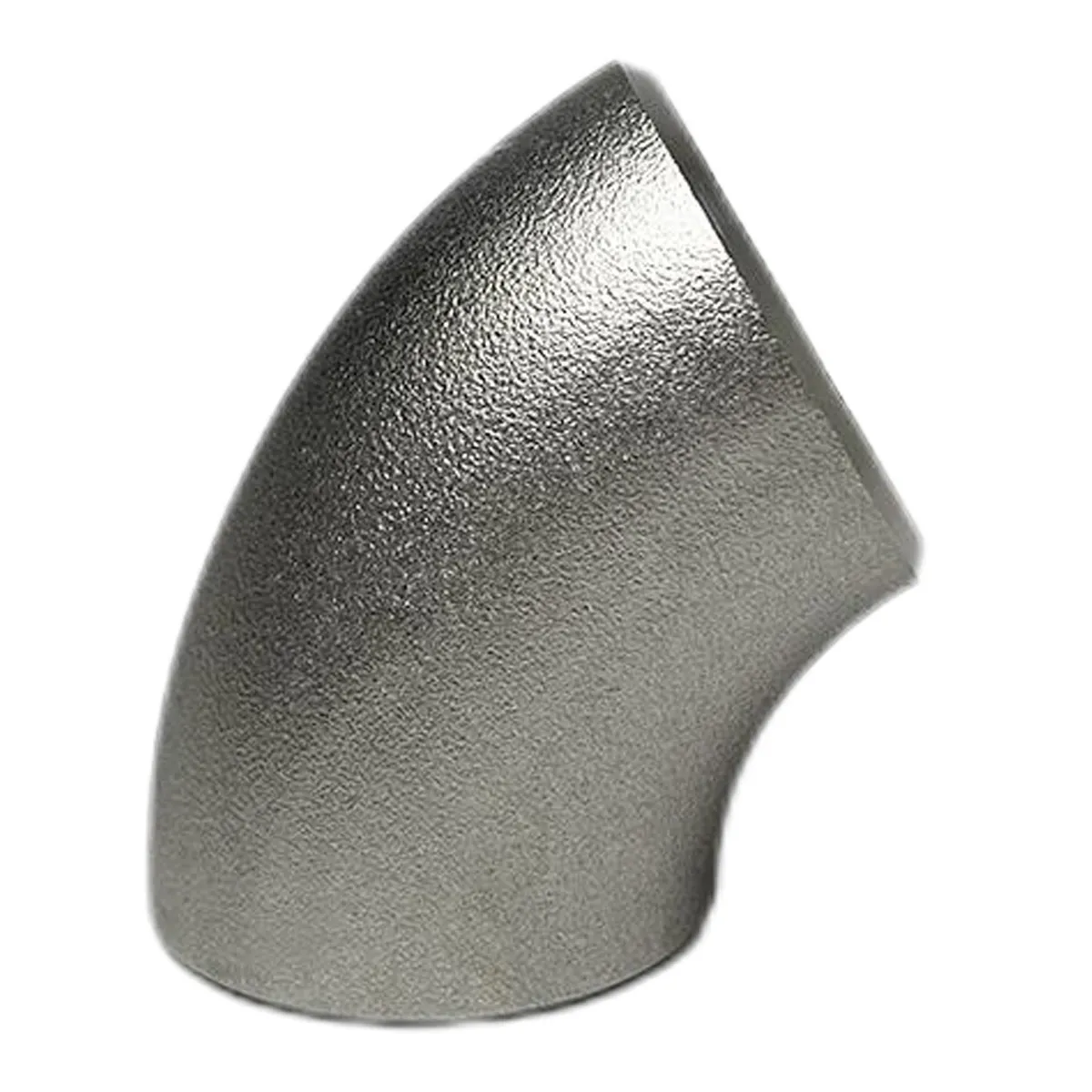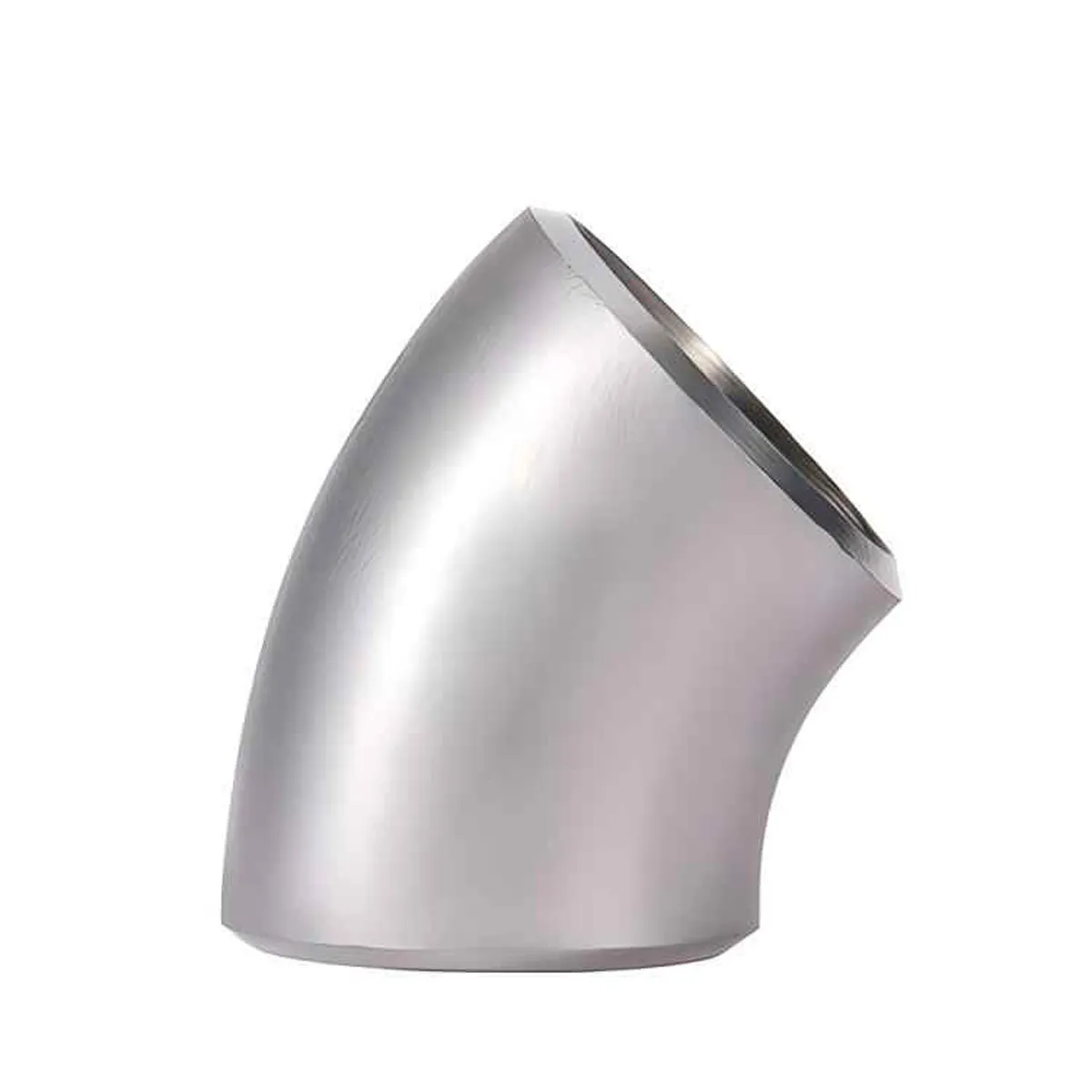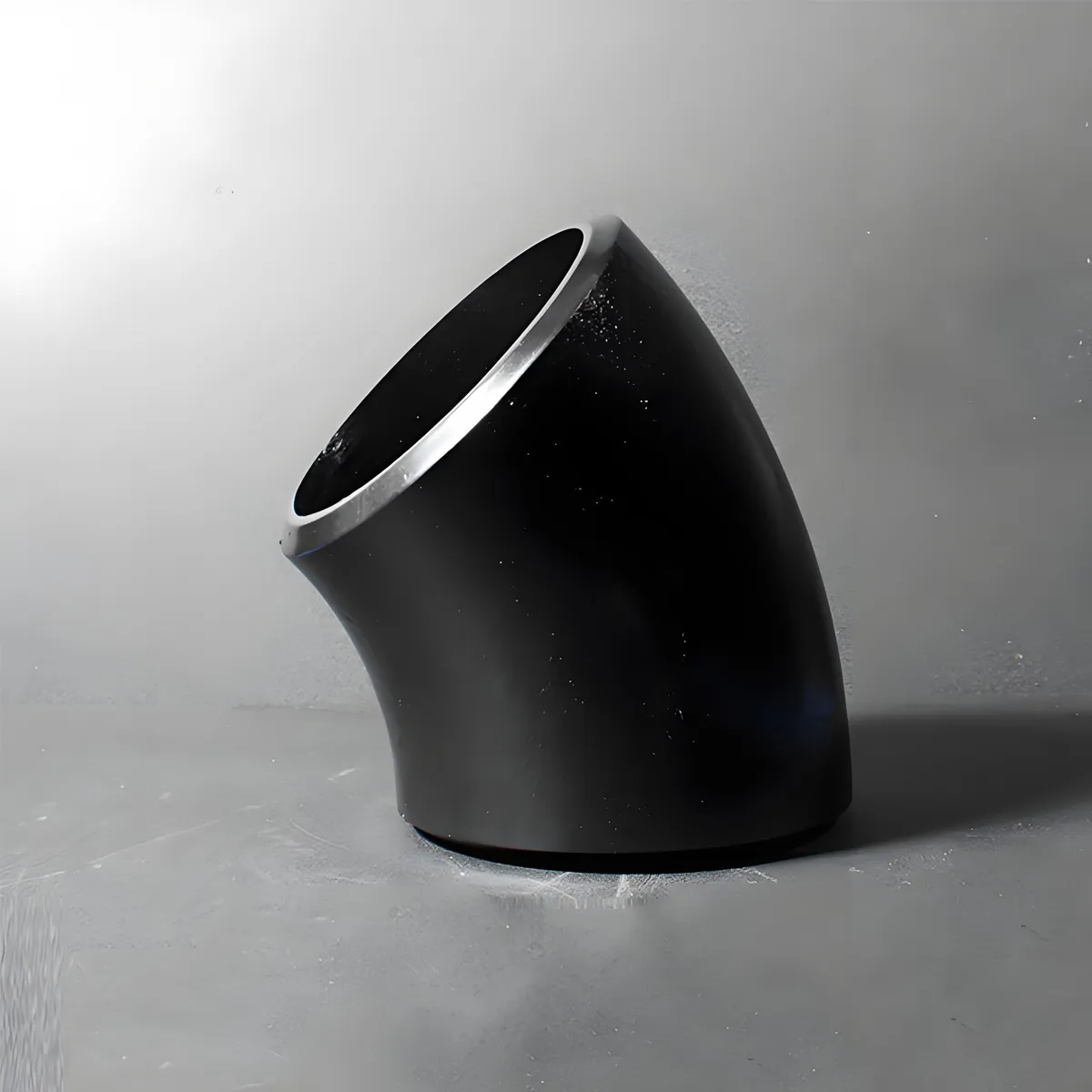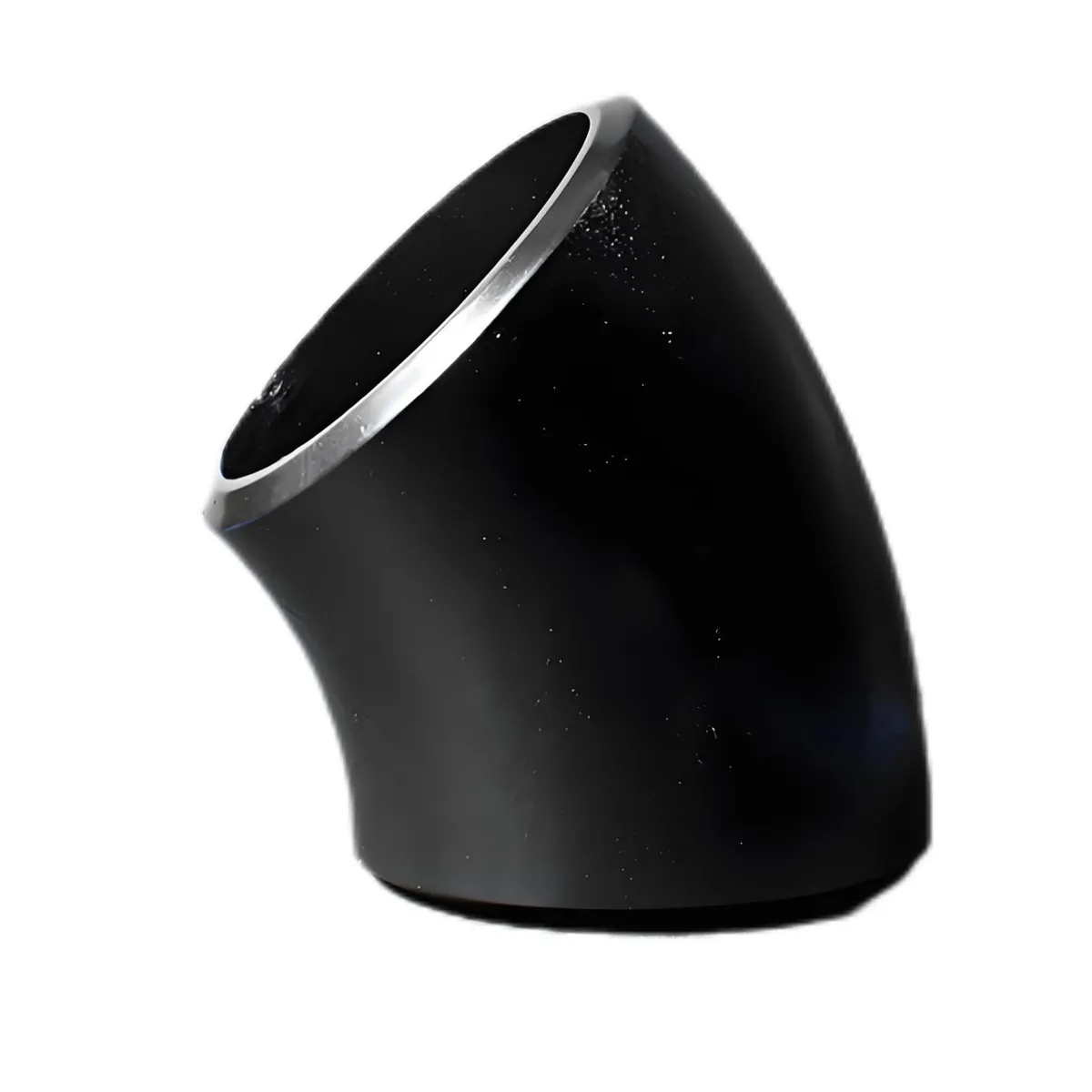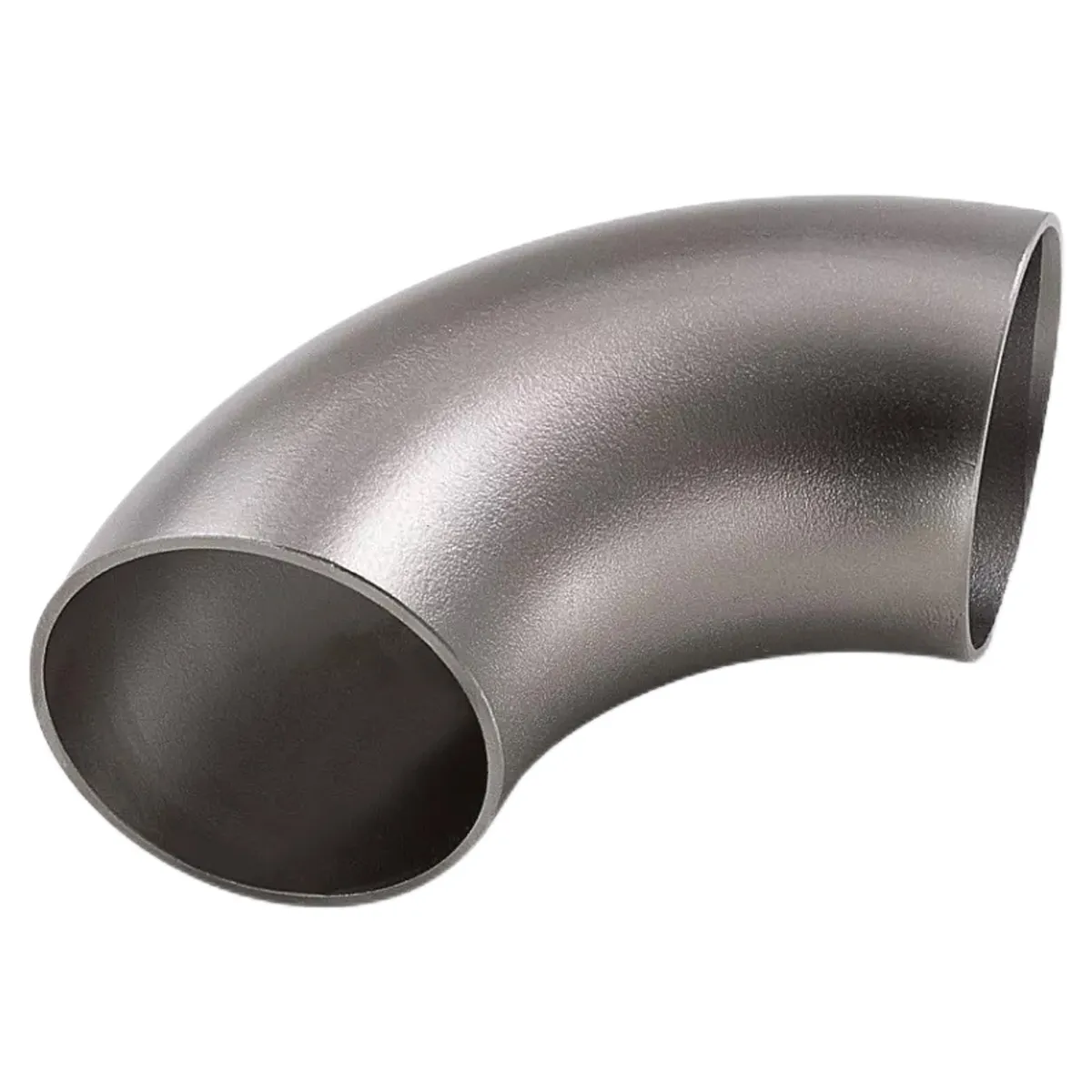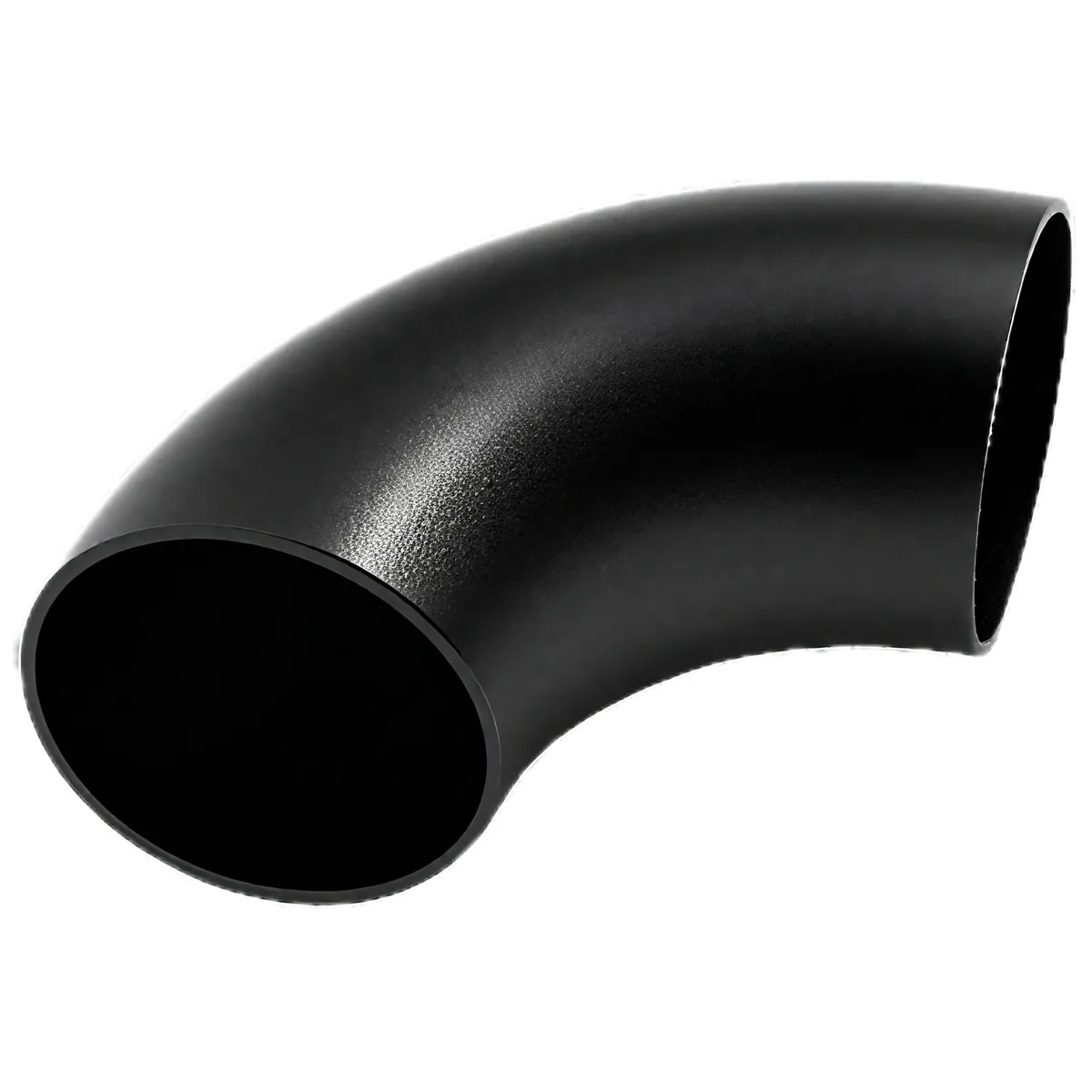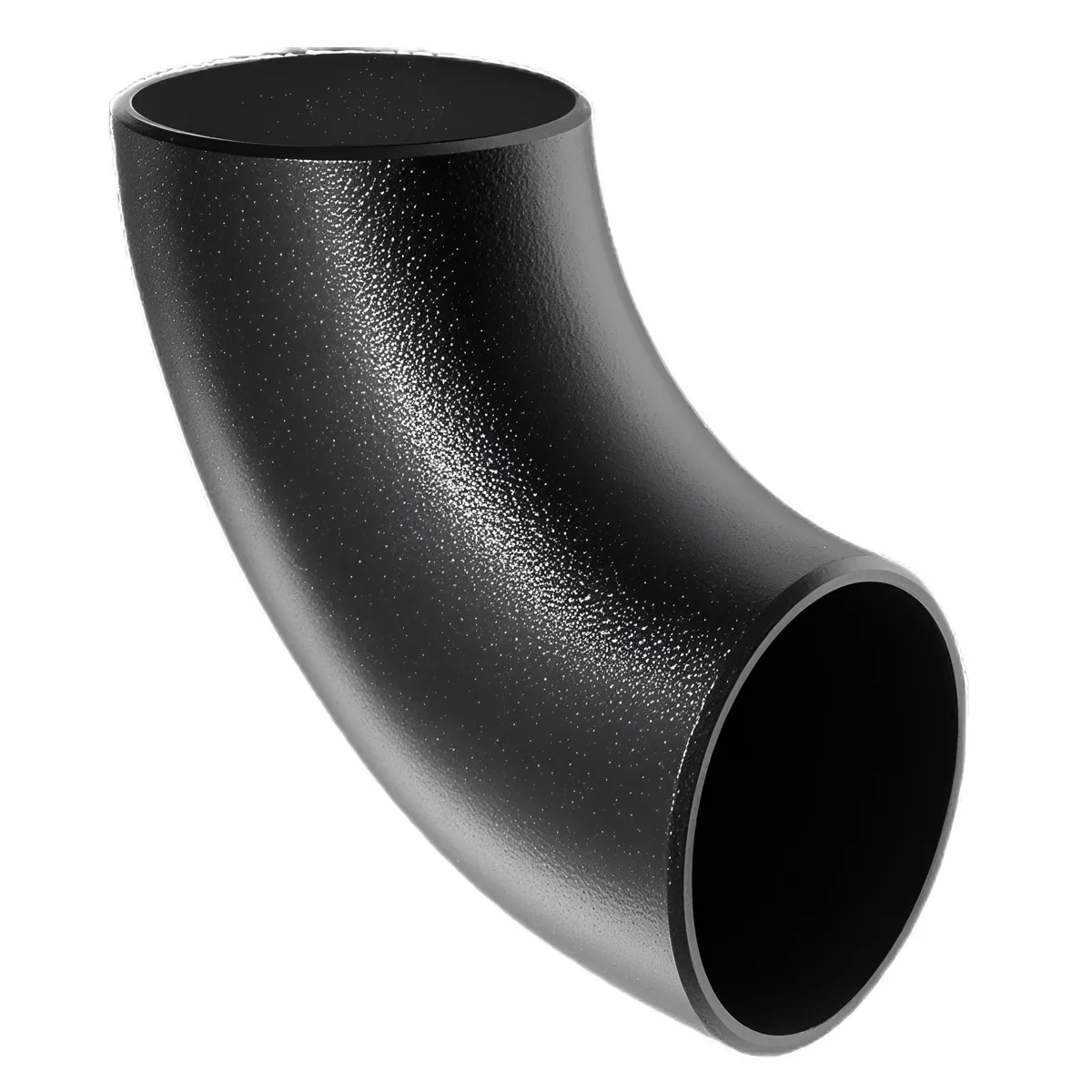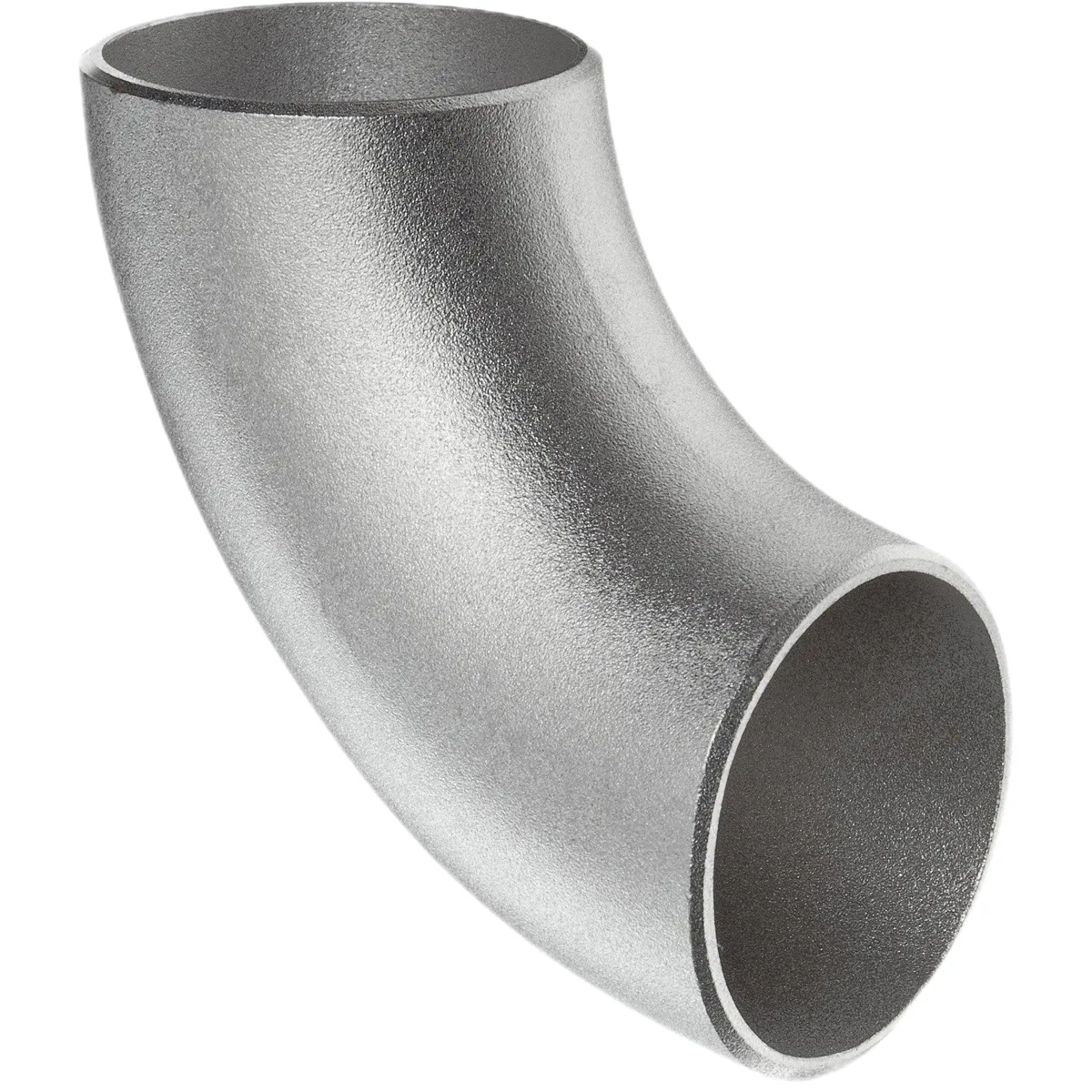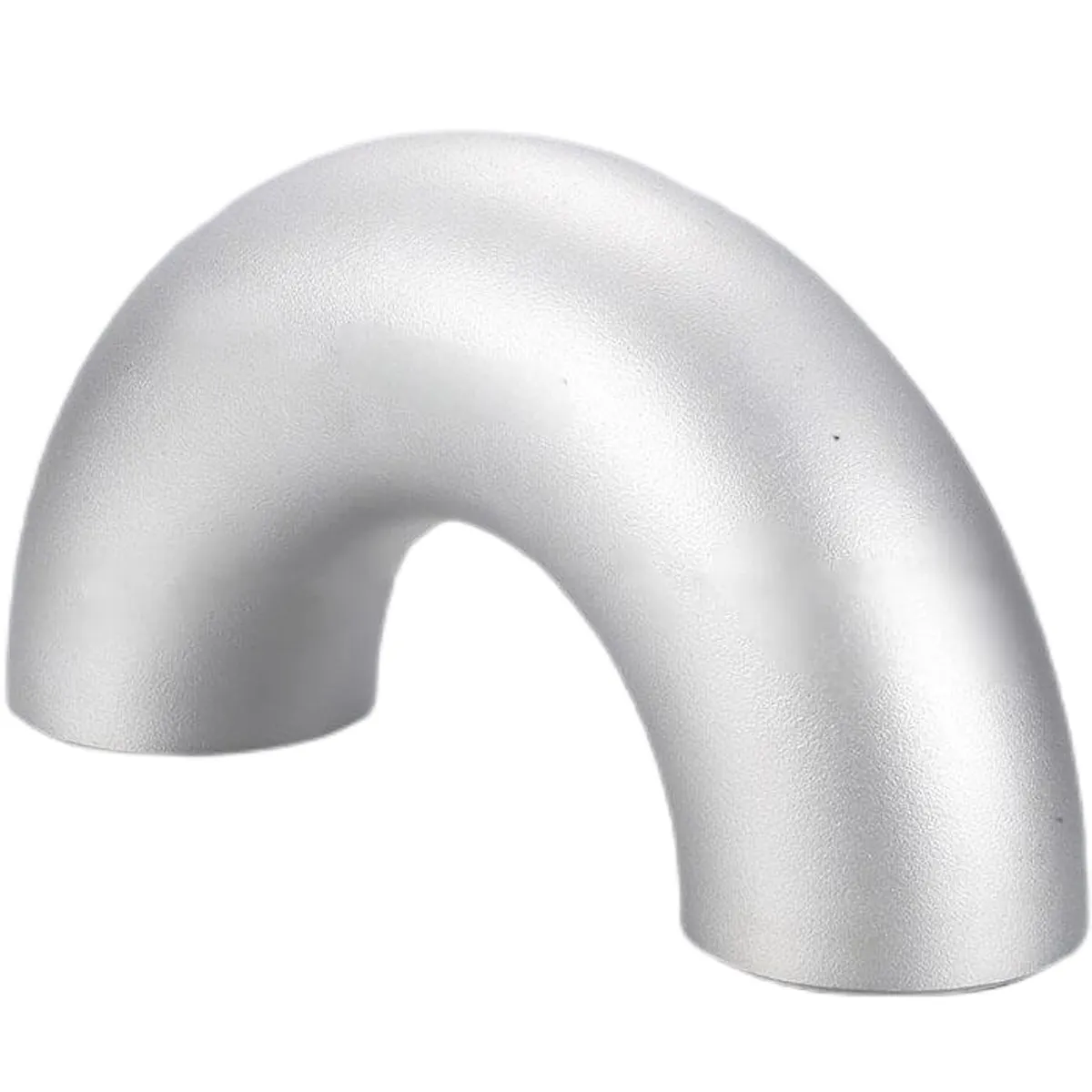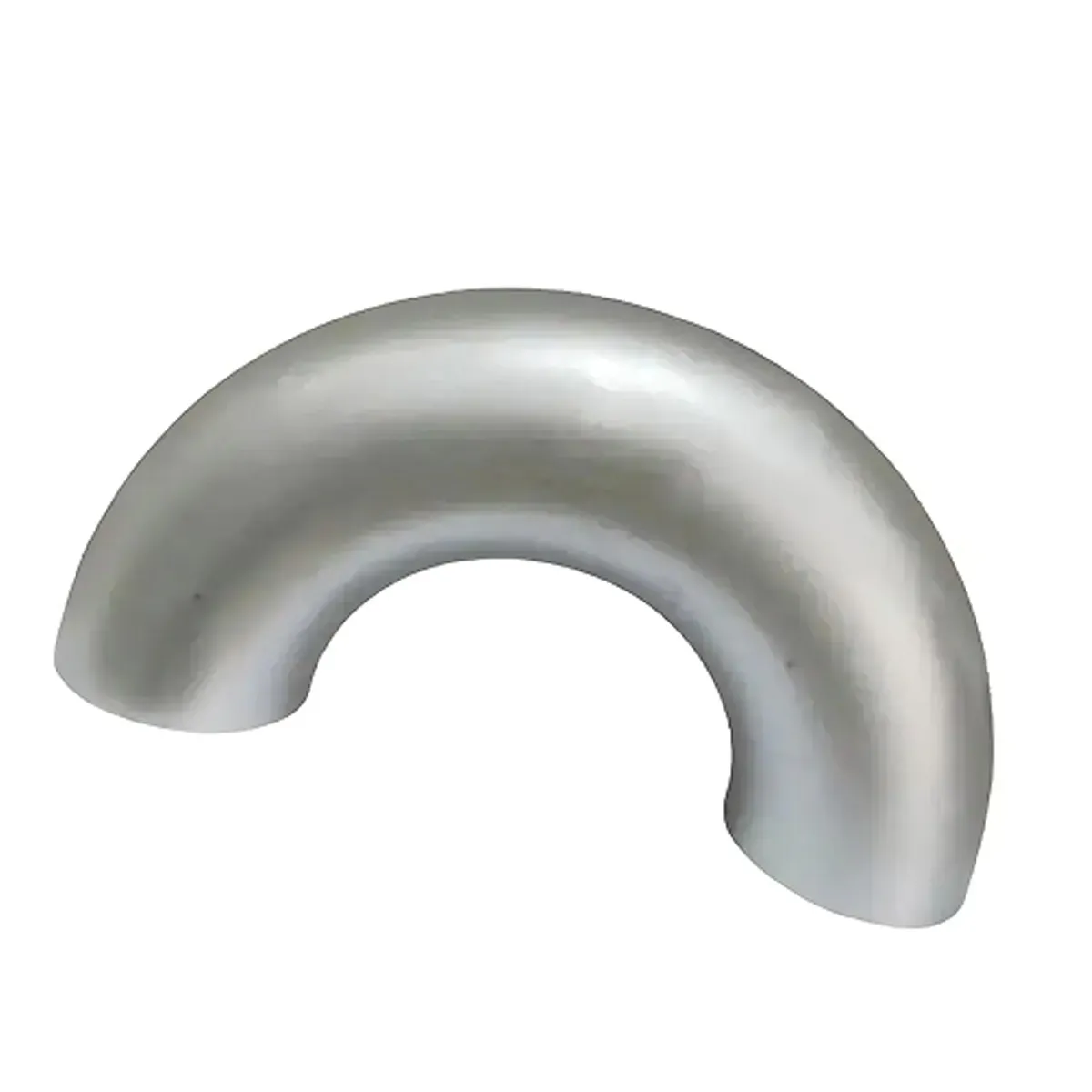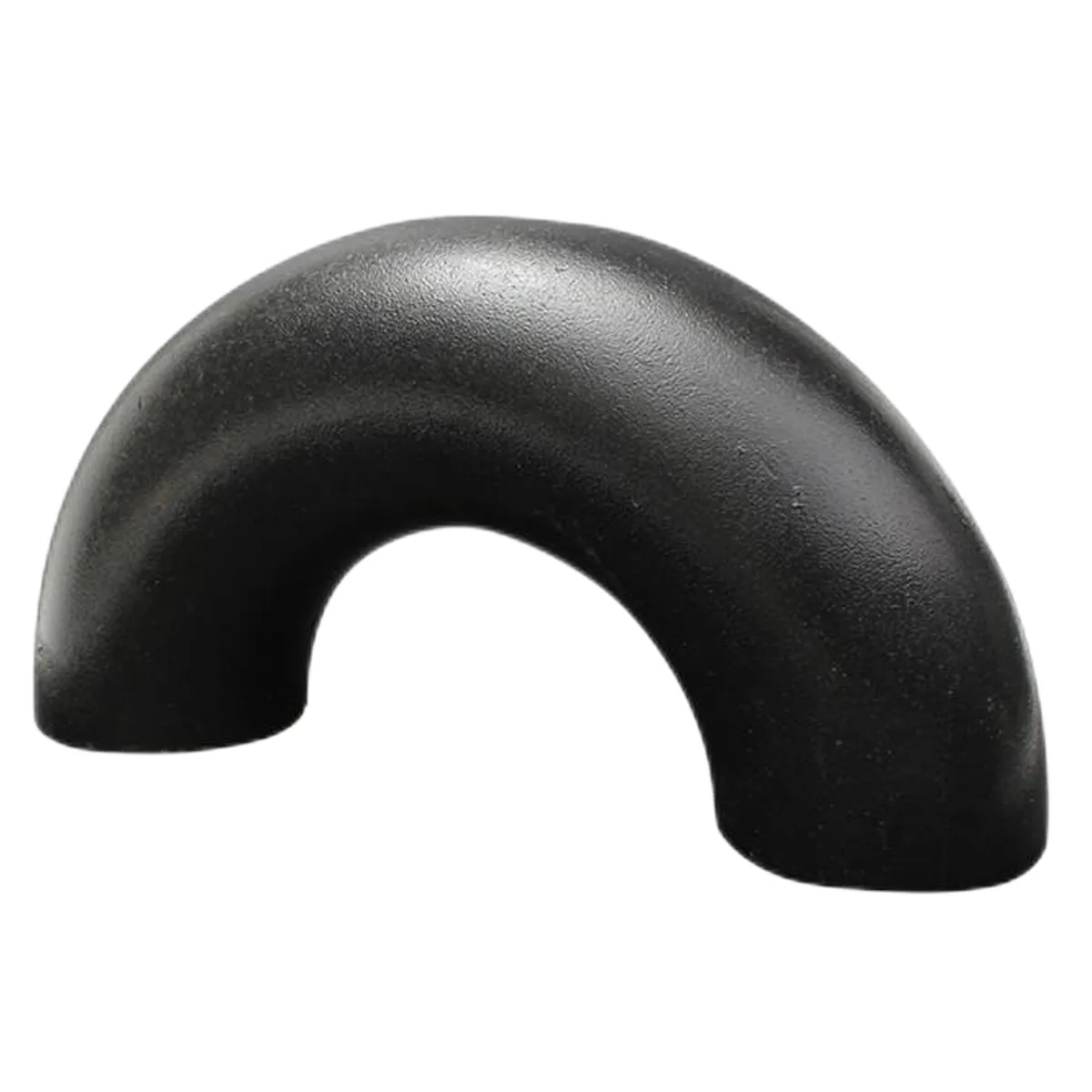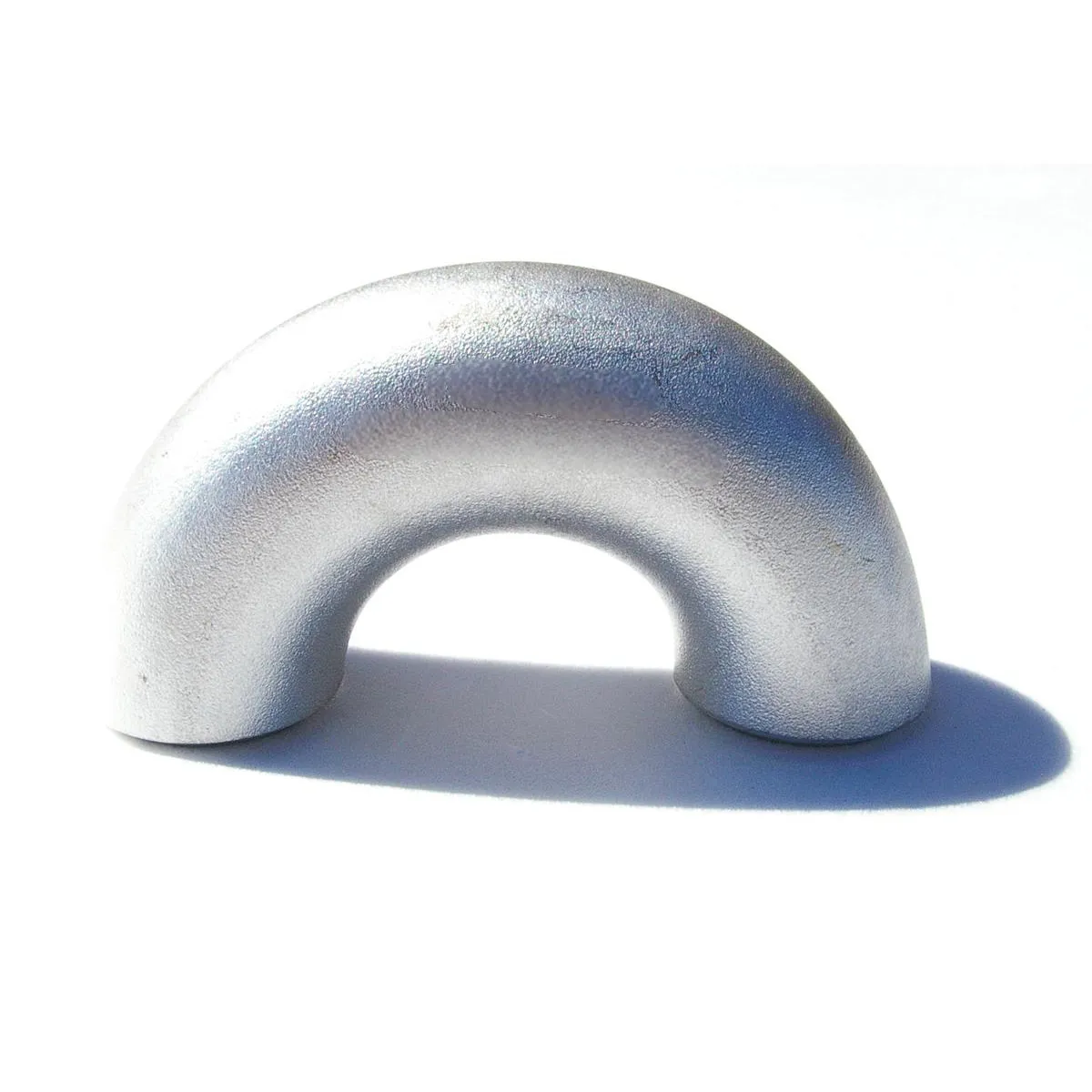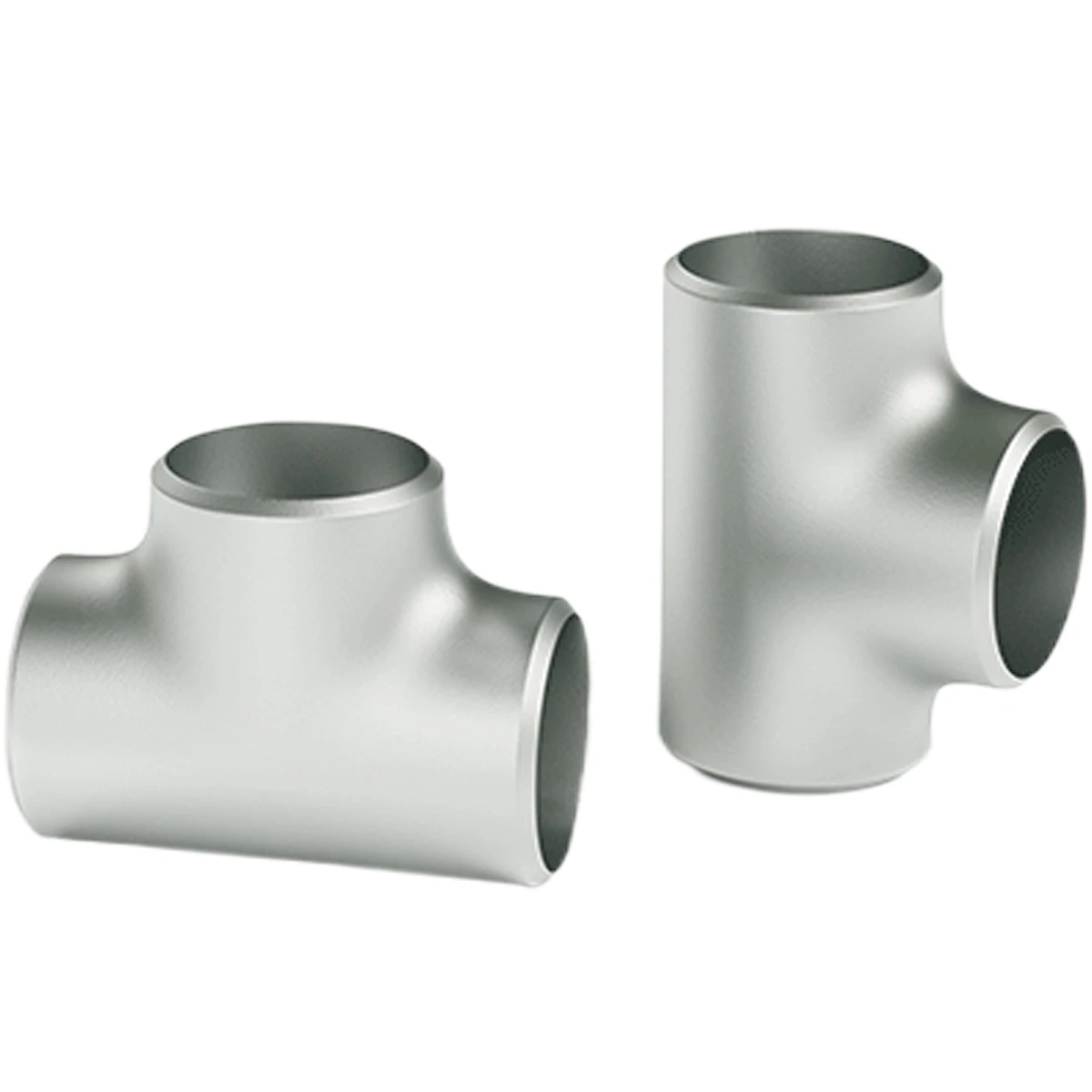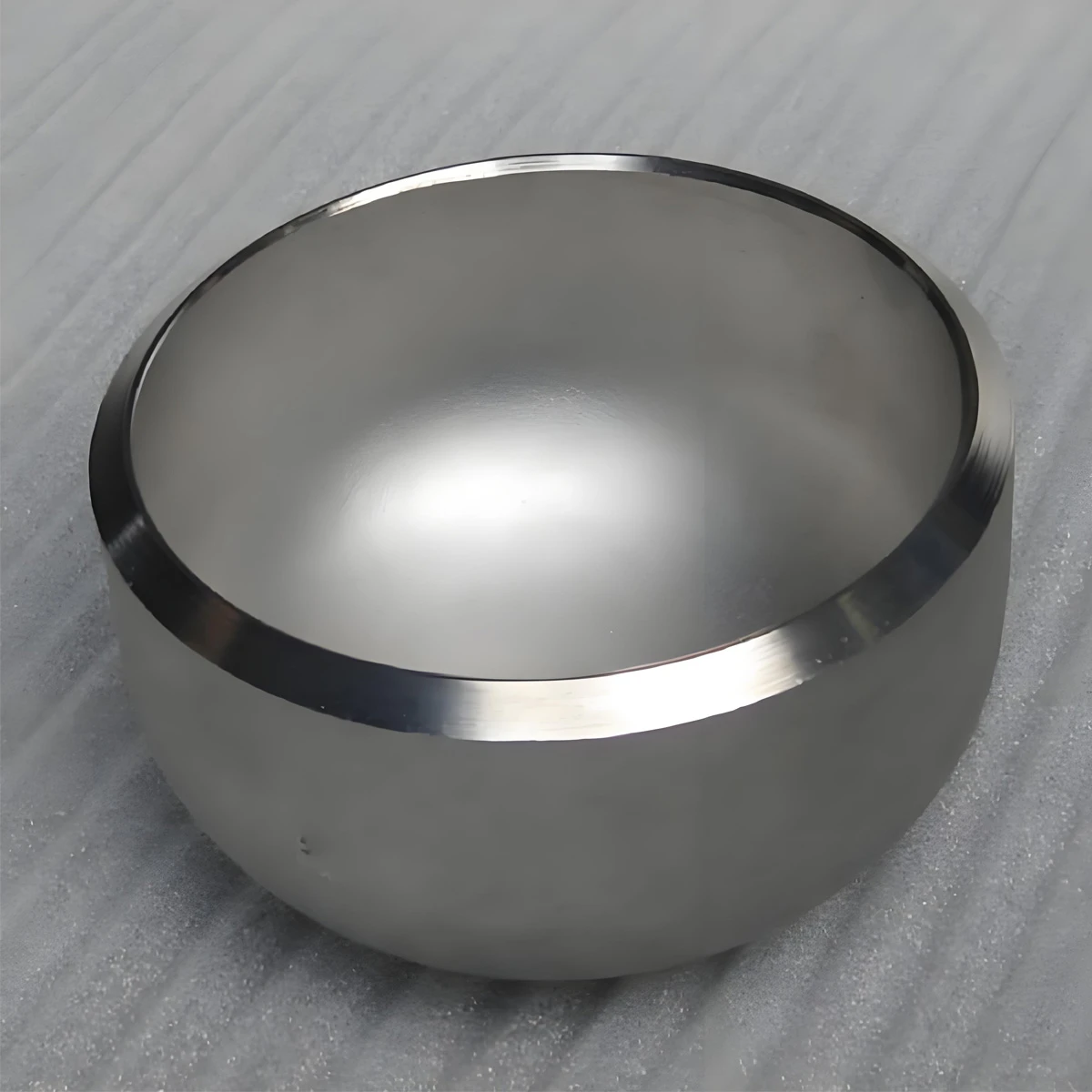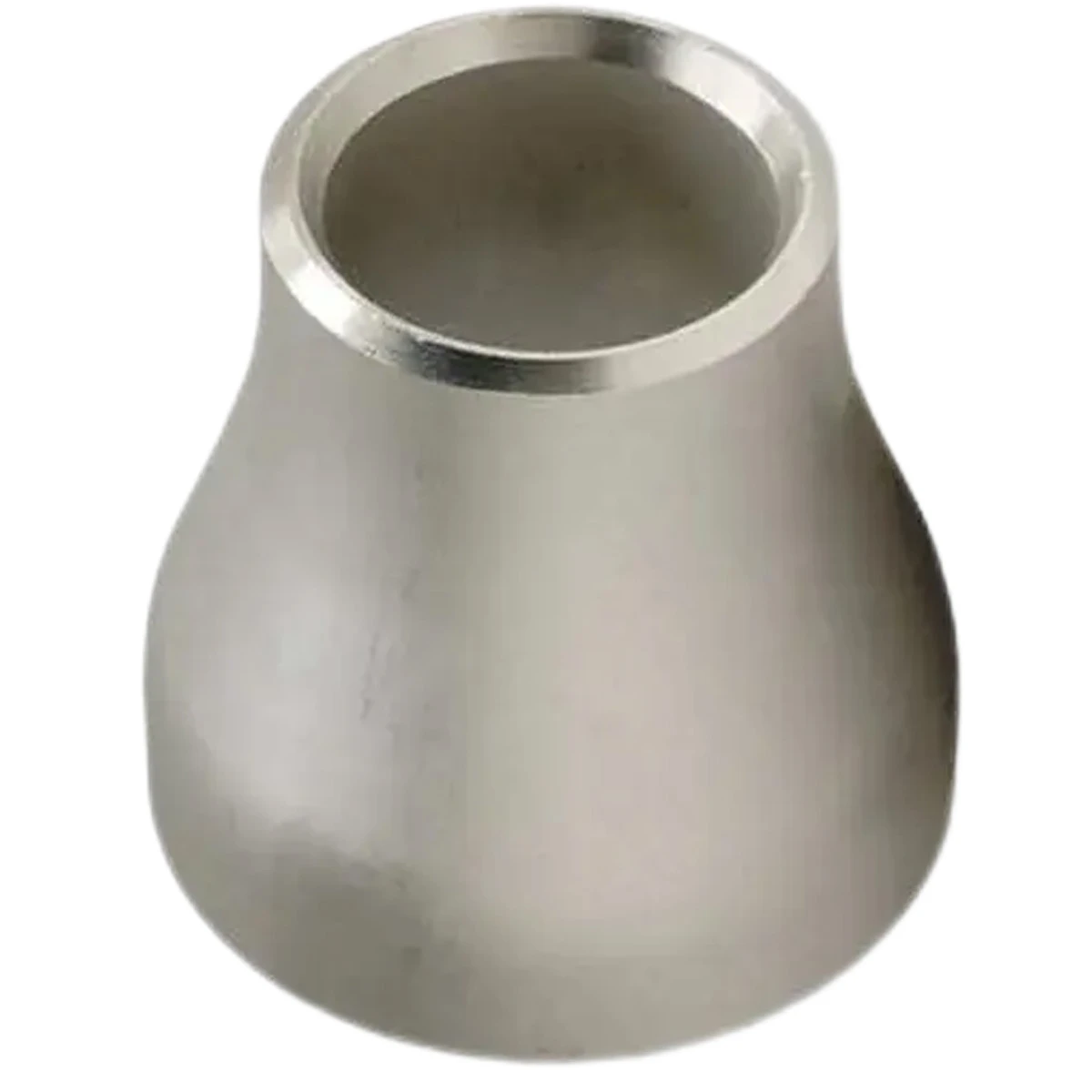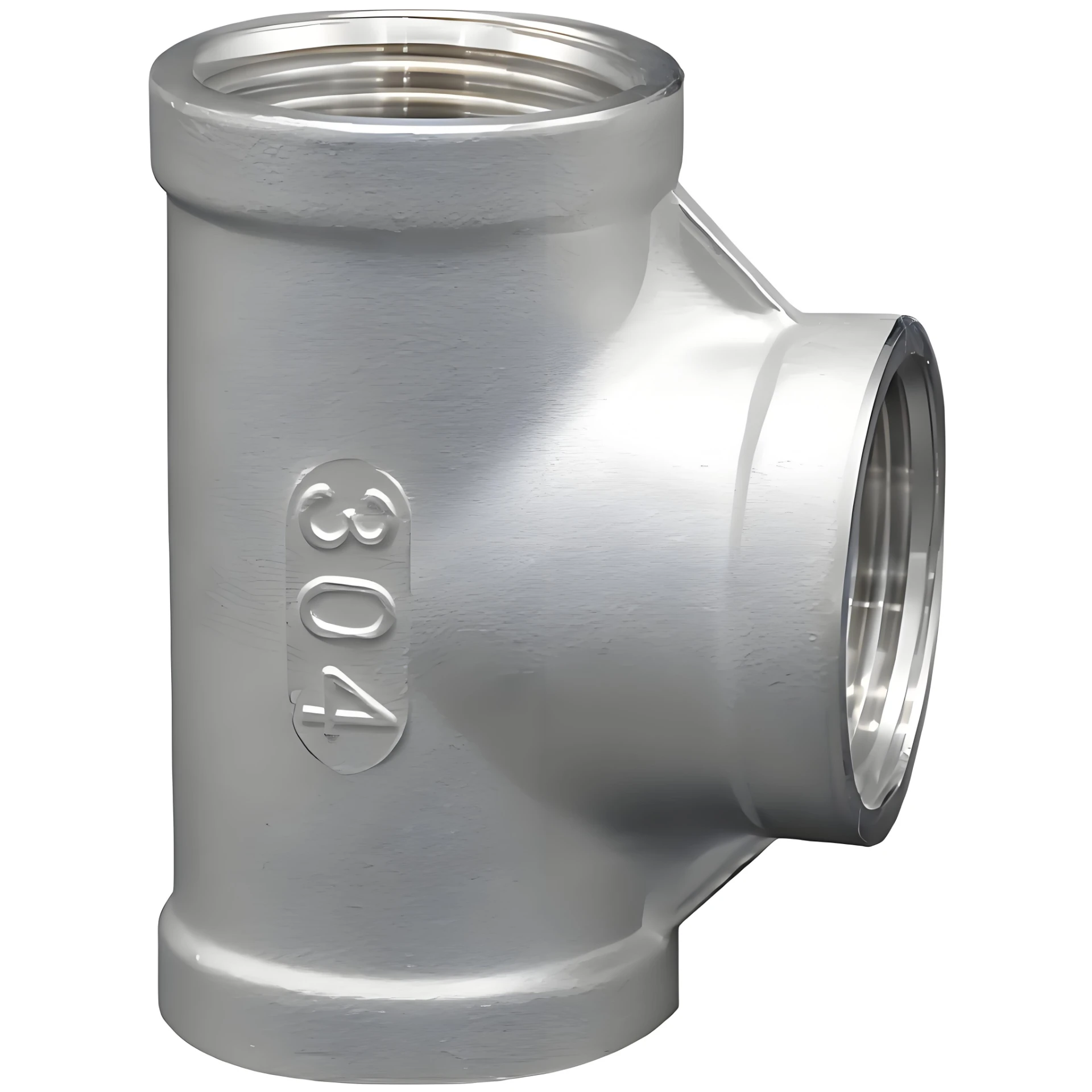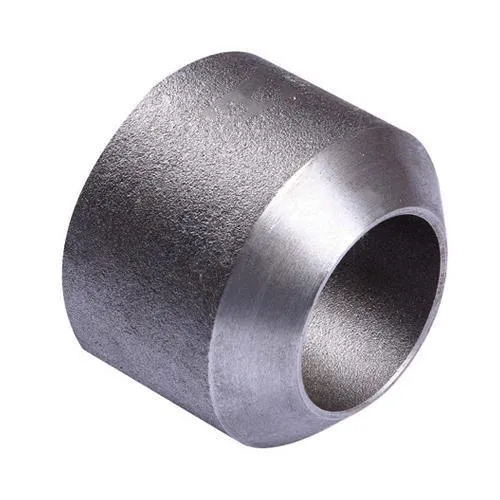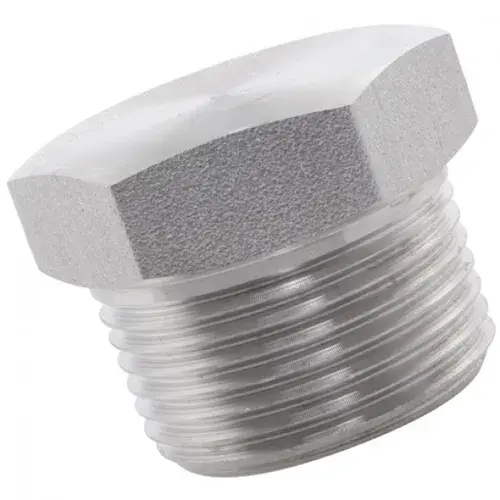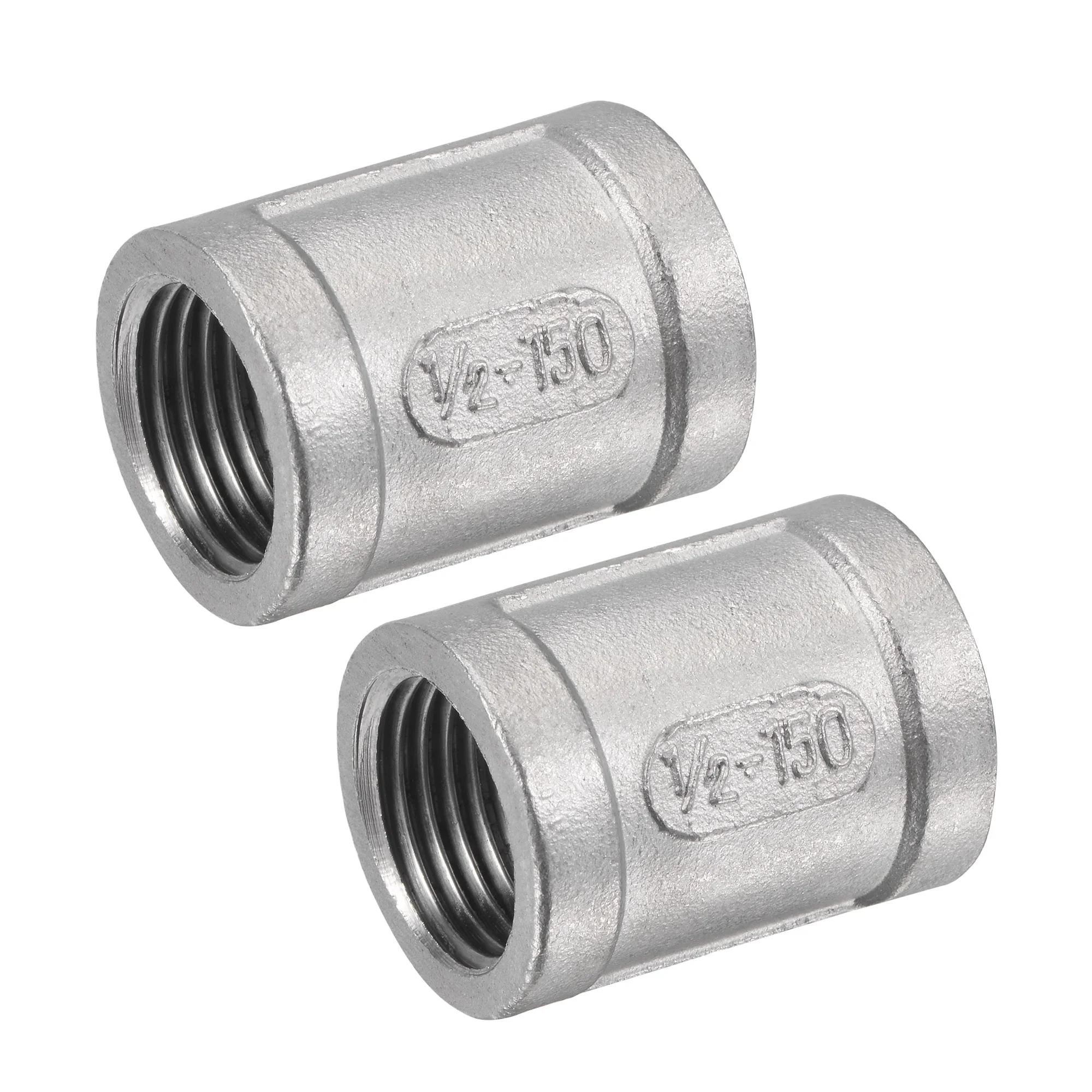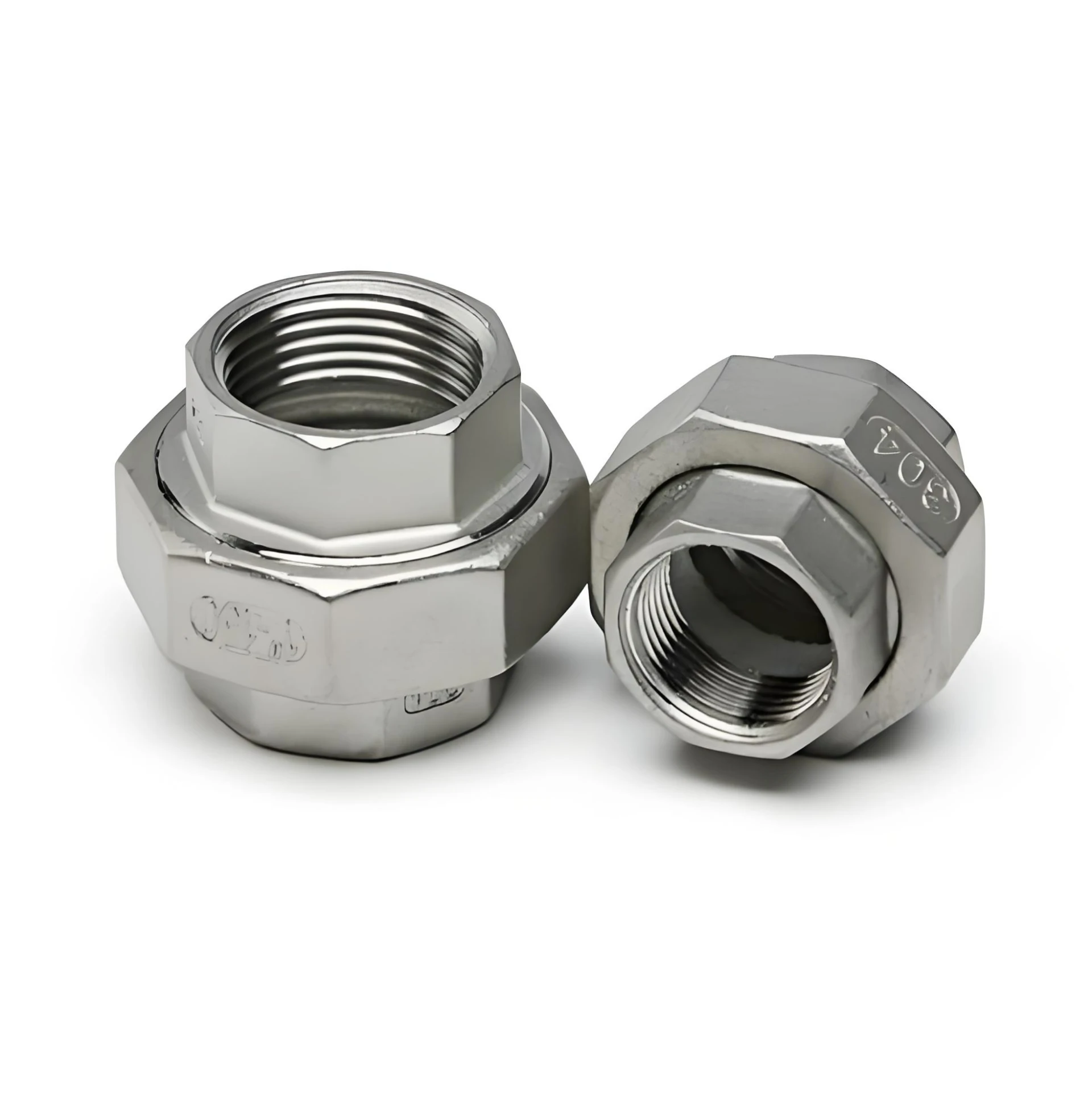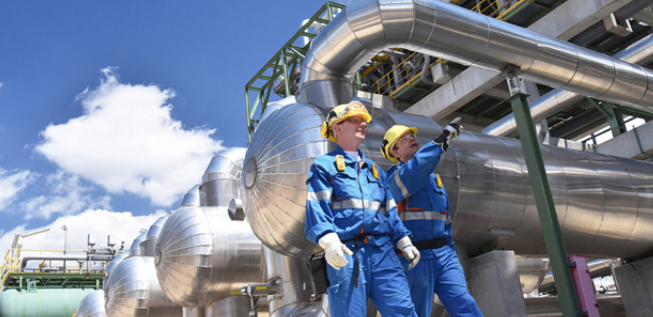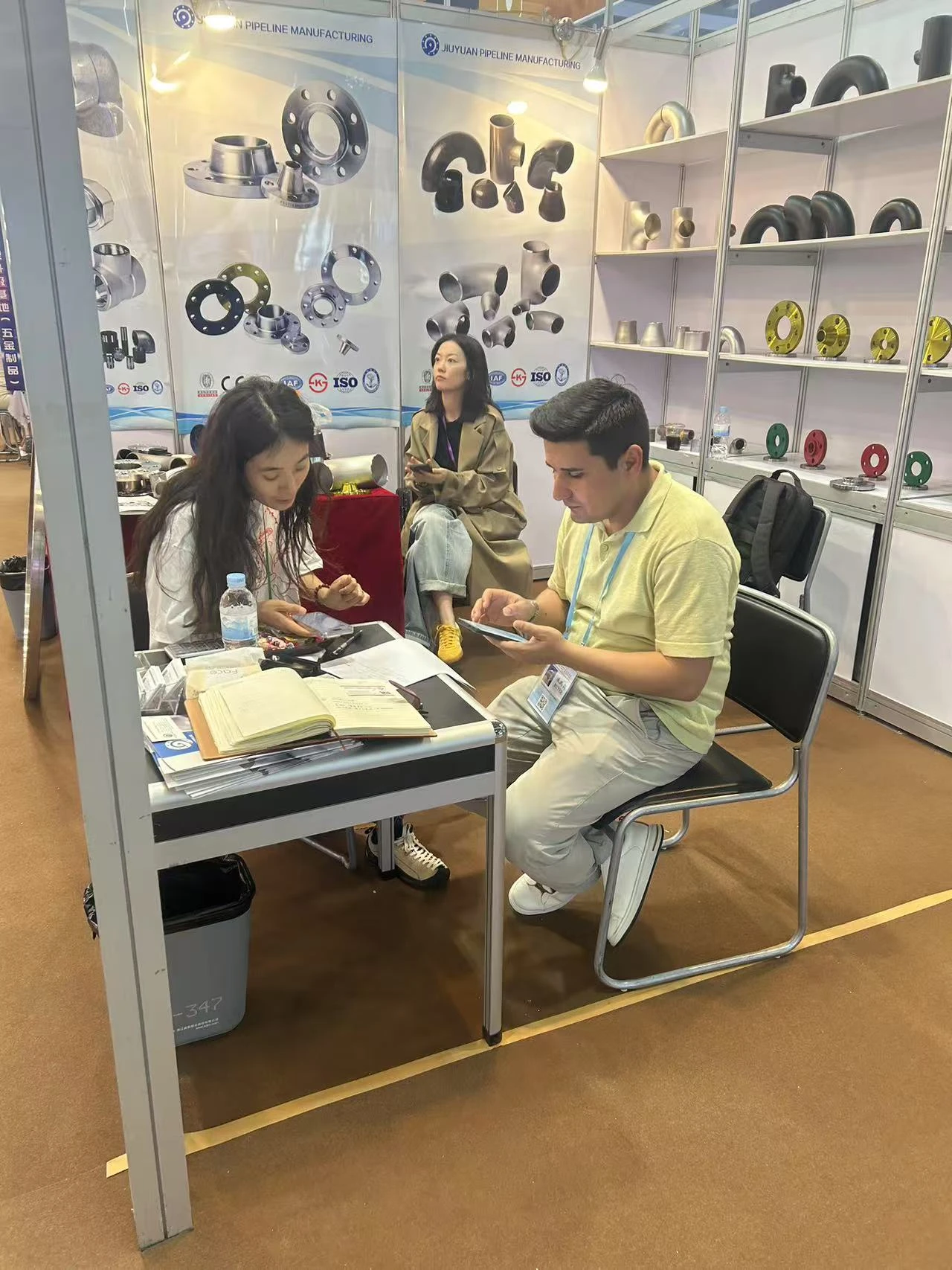- Pipe Fitting
- Cast Products
- HEXAGON NUT (LN)
- WELDING NPPLE (WN)
- SOCKET PLAIN (SPU)
- COUPLING O.D.MACHINED (SPE)
- 90 ELBOW(90LB)
- 45 ELBOW(45LB)
- CAP (CB)
- BARREL NIPPLE (BN)
- SOCKET BANDED(SB)
- UNION(CU)
- REDUCING SOCKET BANDED (RSB)
- REDUCING TEE (RTB)
- REDUCING HEXAGON NIPPLE(RHN)
- SQUARE PLUG (SQ)
- CROSS (十B)
- TEE(TB)
- HOSE NIPPLE (HON)
- UNION M,F(CU MF)
- HEXAGON NIPPLE(HN)
- HEXAGON PLUG (HP)
- HEXAGON HEAD CAP(HCB)
- HEXAGON BUSHING(HB)
- Forged Products
- Flange
Pipe elbows are essential fittings used to change the direction of flow in piping systems, typically at angles of 45°, 90°, or 180°. Designed for smooth flow transition, they minimize pressure loss and turbulence. Available in various radii (short radius and long radius), elbows can accommodate different installation needs and space constraints.
|
Elbows |
|
Description:Elbows |
|
Type:Long Radius:45°/90°/180°Short Radius:90°/180° |
|
DN/INCH:(long)½In - 48In/(short)½In - 24In |
|
MAR:CS(ASTM A105P235GH/P245GH/P250GH/P265GH/ST37-2)SS(ASTM A182/304/306) |
|
STD: ASME/ANSI/B16.9/B16.28/ΓOCT 17375-2001/EN/DIN/JIS |
|
Surface Coating:Black paint/Galvanize/Grease/Epoxy paint |
|
With a thicker wall than our standard-wall butt-weld pipe fittings, these offer high strength while providing a smooth connection for maximum flow. They have beveled ends that, when flush to pipe, create a trough for a leak-resistant, permanent weld. |
Pipe elbows are essential fittings used to change the direction of flow in piping systems, typically at angles of 45°, 90°, or 180°. Designed for smooth flow transition, they minimize pressure loss and turbulence. Available in various radii (short radius and long radius), elbows can accommodate different installation needs and space constraints. Manufactured from a range of materials—such as carbon steel, stainless steel, alloy steel, and PVC—they offer excellent durability, corrosion resistance, and mechanical strength. Pipe elbows are produced according to international standards like ASME, DIN, JIS, and EN, ensuring compatibility and high performance in a wide range of industries including oil & gas, chemical processing, power generation, and water treatment.
Pipe Elbows Application
Pipe elbows are widely used in piping systems to change the direction of flow, typically at 45°, 90°, or 180° angles. They are essential components in industries such as oil and gas, petrochemicals, power plants, water treatment, HVAC, and shipbuilding. Elbows allow pipelines to navigate around obstacles, fit within structural layouts, and maintain efficient flow paths. In high-pressure or high-temperature systems, elbows made from durable materials like stainless steel or alloy steel ensure long-term performance and safety. Whether for transporting liquids, gases, or slurries, pipe elbows play a critical role in maintaining flow direction and system integrity.
What are the different types of elbows?
Pipe elbows come in various types, each designed to change the direction of flow in a piping system. The most common types are 90-degree elbows, 45-degree elbows, and 180-degree return bends. A 90-degree elbow changes the flow direction by a right angle and is widely used in pipelines where space and directional shifts are needed. The 45-degree elbow creates a smoother directional change, often used to reduce pressure loss or turbulence.
Elbows are also categorized by their radius of curvature: short radius (SR) elbows and long radius (LR) elbows. Short radius elbows have a tighter turn, ideal for compact spaces but with higher pressure drop. Long radius elbows offer a gentler curve, reducing flow resistance and wear, and are preferred in high-flow systems.
Material-wise, elbows are available in carbon steel, stainless steel, alloy steel, and plastic (PVC or CPVC), selected based on application needs such as pressure, temperature, and corrosion resistance. Standards like ASME B16.9 or DIN govern their dimensions and performance.
Overall, choosing the right type of elbow ensures efficient flow, system reliability, and compatibility with operational requirements in industrial, commercial, or residential piping systems.
What are the four classifications of elbows?
Elbows in piping systems can be classified into four main categories based on angle, radius, end connection, and material.
By Angle: The most common elbow angles are 90-degree, 45-degree, and 180-degree (also called return bends). These define how sharply the pipe’s direction changes.
By Radius: Elbows are classified as Long Radius (LR) and Short Radius (SR). Long radius elbows have a centerline radius 1.5 times the pipe diameter, offering smoother flow and less pressure loss. Short radius elbows have a radius equal to the pipe diameter and are used in tight spaces.
By End Connection: Elbows can have different end types, such as butt-weld, socket-weld, or threaded. Butt-weld elbows are welded directly into the piping, while socket-weld and threaded elbows are commonly used in smaller diameter or high-pressure applications.
By Material: Elbows are manufactured from a variety of materials including carbon steel, stainless steel, alloy steel, copper, and plastic (PVC, CPVC), selected based on the fluid, temperature, and pressure conditions.
Understanding these four classifications helps engineers select the right elbow type to ensure safe, efficient, and durable piping system performance.
